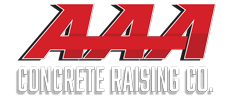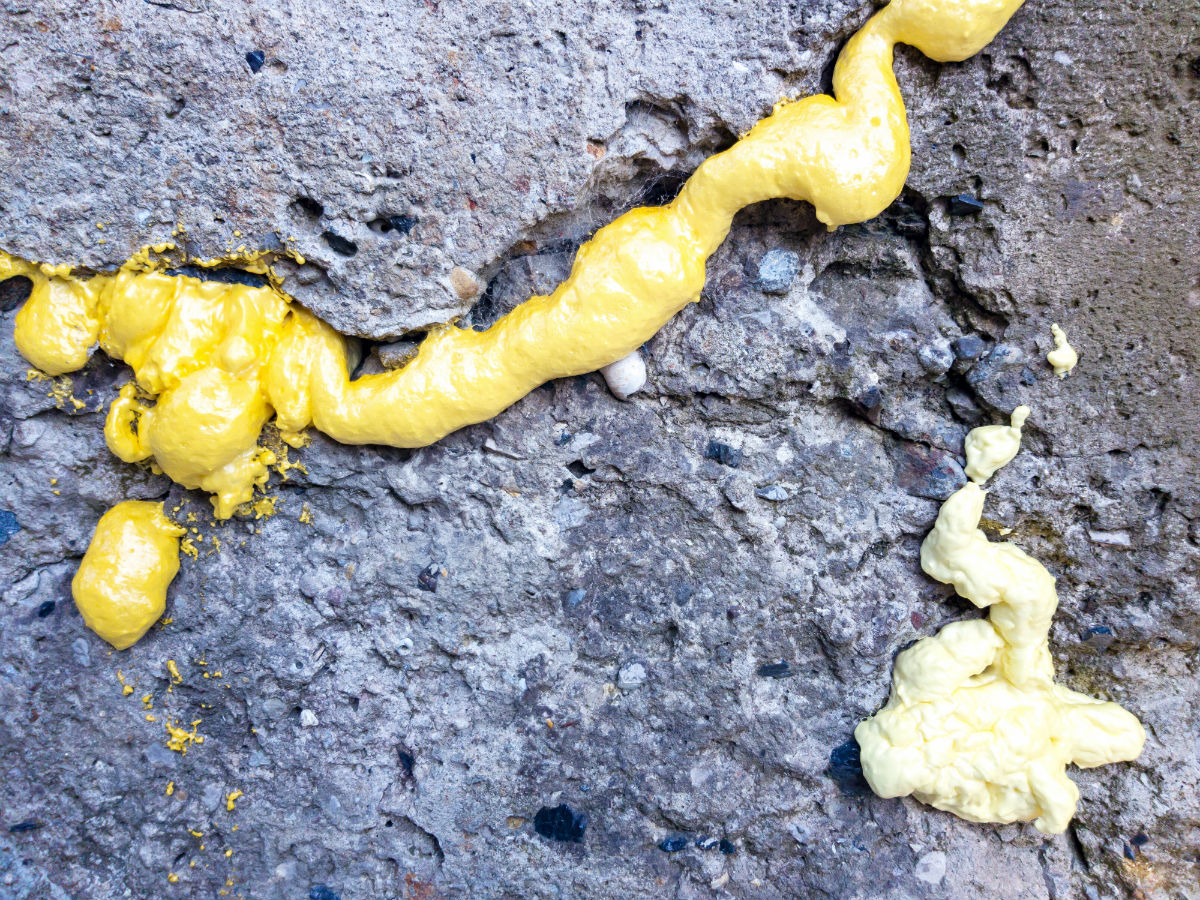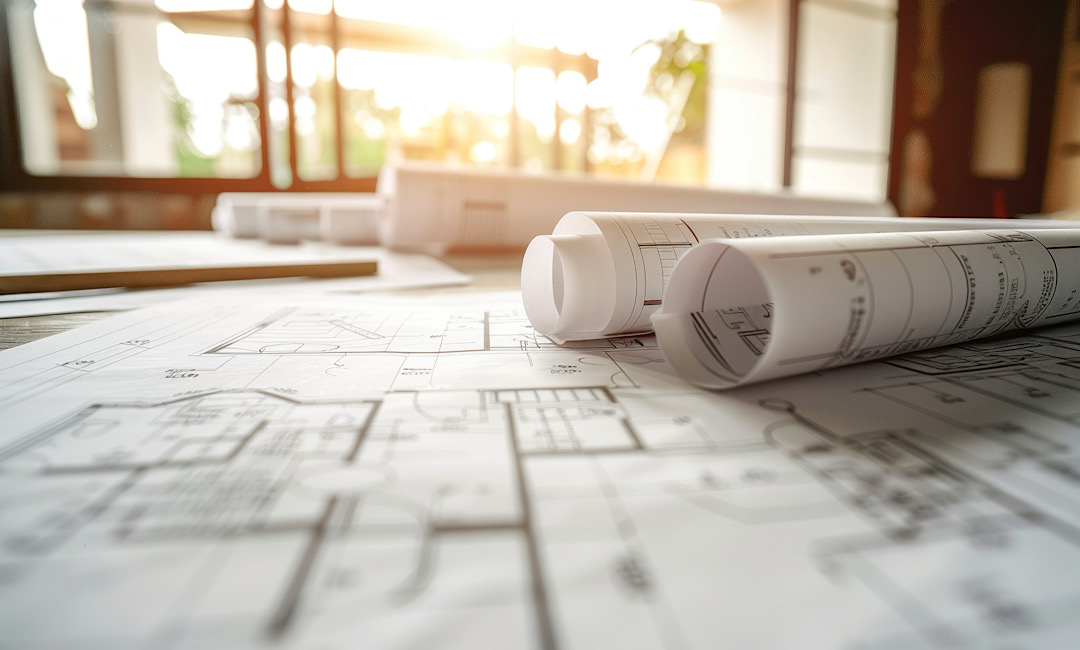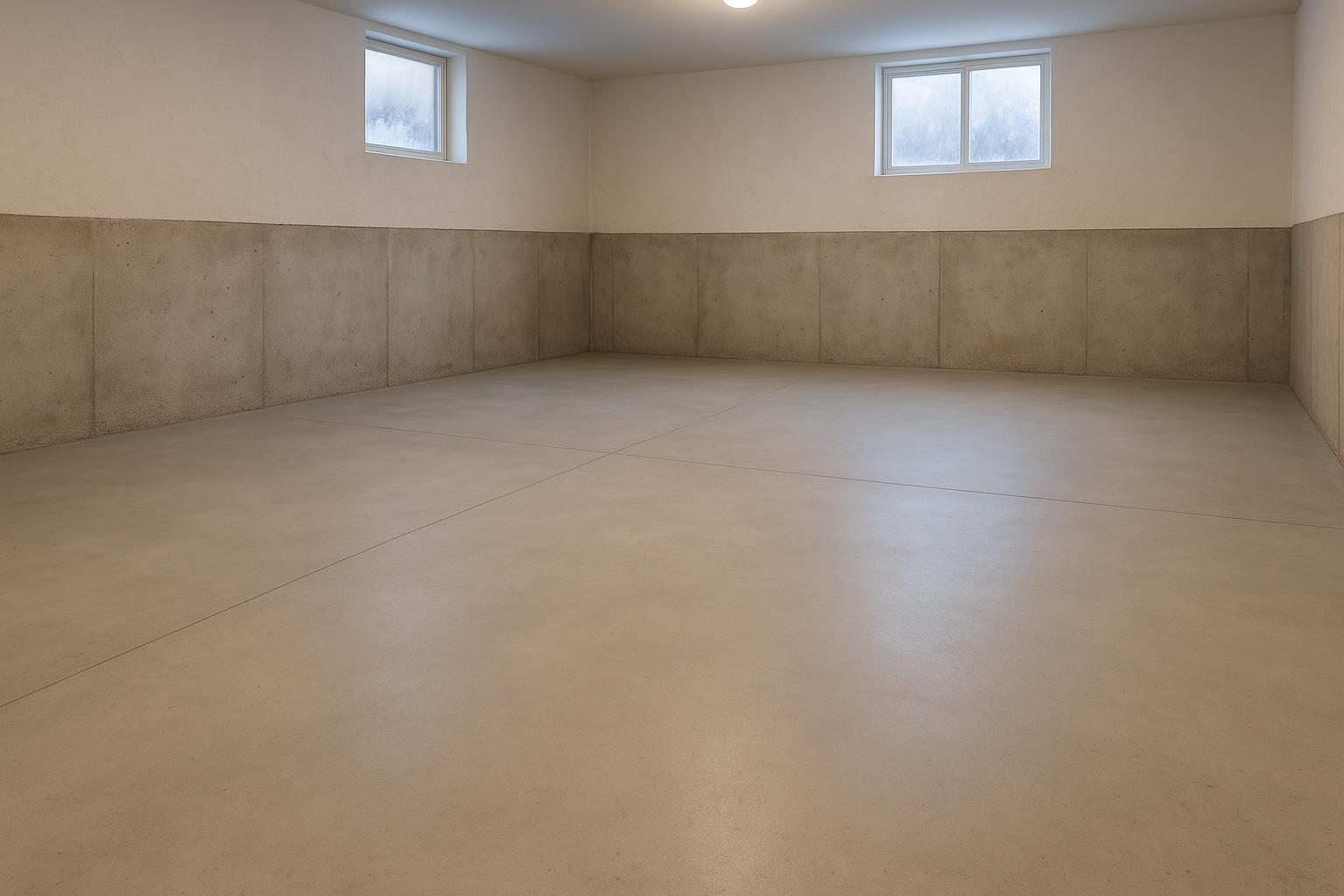To combat the problem of sagging, sinking or unlevel concrete, home and business owners have two options: mudjacking or polyurethane concrete raising. Here are the differences between each method, along with some important reasons you should avoid choosing polyurethane to lift your settling concrete—advice from the experts at AAA Concrete Raising.
As concrete surfaces age, voids can sometimes develop between the concrete and underlying supportive soil. When this occurs, the concrete will often sag, crack or crumble as it succumbs to the pressures of gravity and vehicle and foot traffic. To repair the problem, contractors can drill a hole in the concrete and inject a filling material to eliminate the gaps and elevate the concrete surface. The most common types of filler are polyurethane or a sand slurry delivered through a process called “mudjacking.”
The term mudjacking refers to the injection of a natural sand slurry mix into the voids or the unsupported areas below failing concrete. This unsupported space is often filled with pockets of varied densities, and mudjacking has traditionally been a very effective strategy for filling these voids with material that can withstand substantial weight and pressure from above.
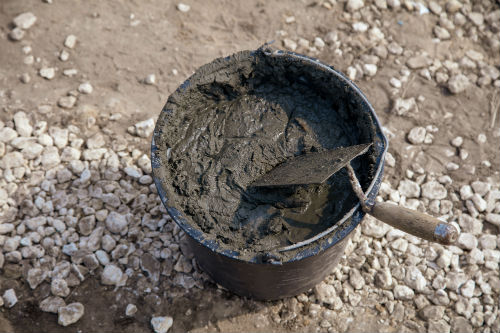 Polyurethane concrete lifting (PCL), on the other hand, uses similar steps and tools to fill underlying gaps and add support to the area below the concrete. That said, there’s an important difference that distinguishes PCL from mudjacking: PCL uses a synthetic, man-made foam that expands and hardens after it is injected.
Polyurethane concrete lifting (PCL), on the other hand, uses similar steps and tools to fill underlying gaps and add support to the area below the concrete. That said, there’s an important difference that distinguishes PCL from mudjacking: PCL uses a synthetic, man-made foam that expands and hardens after it is injected.
Mudjacking, on the other hand, used a natural substance (mostly water and sand) that doesn’t contain any potentially harmful, man-made chemicals. This is one of the many reasons it’s preferable over PCL, which has a few noteworthy drawbacks.
Why NOT Use Polyurethane Concrete Lifting?
1. It has limitations.
While polyurethane is often championed for its concrete raising abilities, it has several limitations, the greatest of which is a lack of complete cavity filling. In many instances, it will leave unfilled gaps beneath the structure which could lead to renewed sinking or crumbling over time.
This doesn’t necessarily mean there aren’t suitable applications for using polyurethane injections to lift and support unlevel concrete slabs. For instance, spray foam injections can be beneficial in instances where continued use of a failing concrete surface is more important than completely filling every subsurface cavity. If long-term durability is a priority, however, polyurethane probably shouldn’t be your first option.
2. It comes with safety hazards.
Polyurethane injections contain potentially harmful additives that could make them harmful to people and the environment. On the other hand, Mudjacking uses an environmentally friendly sand slurry that won’t contaminate the soil or harm laborers and homeowners.
3. It doesn’t offer long-term stability.
In almost every instance, mudjacking provides better long-term concrete stability and support than polyurethane foam injections. Since more voids are filled using a natural sand slurry, and because this sand slurry won’t harden over time like polyurethane, mudjacking provides more long-term durability and support for the concrete.
4. It doesn’t provide optimal strength.
Polyurethane provides a compressive strength of around 80 to 100 PSI. In many instances, it’s preferable to pump in a compressive strength material that’s higher than the existing sub-base. Traditional mud jacking can achieve amazing compressive strengths of up to 2,400 PSI by adding cement or combining cement with sand or lime.
5. It costs more.
In some instances, polyurethane concrete raising can cost four or five times as much as mudjacking. This is mostly because the materials cost a lot more. You’re likely to spend $2,500 to $3,000 for PCL, while mudjacking will generally cost you a few hundred dollars.
AAA Concrete Raising has been involved in countless concrete raising projects over the years, and we’ve encountered very few instances where PCL is preferable to a natural sand slurry. While there may be numerous benefits to using polyurethane foam injections, there are often more benefits to using traditional mudjacking to accomplish the same goal. When it comes to effectively raising and stabilizing concrete, there are a lot of considerations, including safety and long-term durability. This is why so many knowledgeable experts recommend mudjacking over PCL for most residential and commercial concrete surfaces.
For over two decades, AAA Concrete Raising has served homeowners and businesses throughout the Denver metro area. Established in 1988, we’ve established a well-earned reputation for delivering quality service that stands up to Father Time. Contact our experts to inspect and correct your sagging concrete, so you can protect your biggest investment.
To learn more, be sure to read our blog about polyurethane concrete lifting vs mudjacking.
